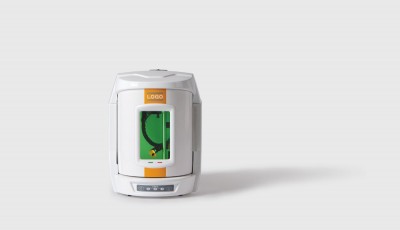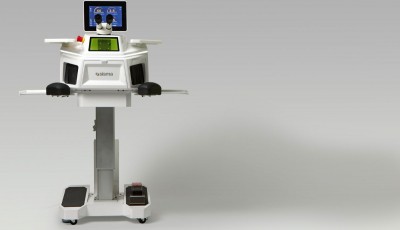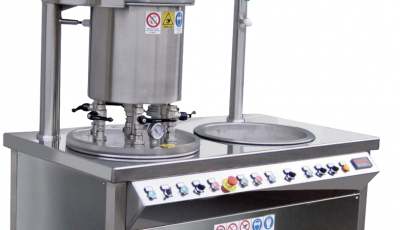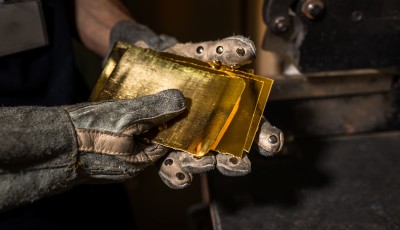Mario Scarpa: Towards a More Responsible Industry
The role of the designer as a cornerstone of sustainability. Mario Scarpa, founder of Humanum Est SB, talks about it
Innovative tools such as immersive reality and artificial intelligence are revolutionizing design methods, enhancing both efficiency and quality. At the same time, real-time communication and remote collaboration enable more dynamic and globalized design processes.
Thanks to multi-material 3D printing and rapid prototyping, the creation of complex products—once unimaginable—has become a reality. This innovation supports even small-scale production, promoting a “no factory, no waste” approach. Design is no longer constrained by traditional production barriers; instead, it is evolving by leveraging unprecedented creative freedom. It is estimated that 80% of a product’s environmental impact is determined at the design stage (European Commission for the Circular Economy). Therefore, design plays a crucial role in reducing negative environmental effects on both people and the planet.
Every stage of a product’s life cycle must be considered to minimize its impact. The jewelry industry, by its very nature, creates products meant to be cherished, preserved, and often passed down through generations. While product longevity is not our primary concern, there is still much we can do—optimizing packaging, selecting low-impact materials, being mindful of certifications and supply chains, and adopting responsible communication strategies. It is our collective responsibility to explore alternatives that reduce environmental consequences.
Only the synergy between design, processes, materials, and communication can shape a more conscious consumer. In this regard, the designer’s role is to highlight the importance of design choices, transforming consumers into active participants in sustainability. While technology provides access to groundbreaking solutions, increased efficiency does not always equate to true effectiveness. The ability to navigate and make informed choices is essential.
However, one factor remains inescapable: time—a precious resource. Let us focus on design decisions that enable us to keep pace with change while minimizing our environmental footprint.
Thanks to multi-material 3D printing and rapid prototyping, the creation of complex products—once unimaginable—has become a reality. This innovation supports even small-scale production, promoting a “no factory, no waste” approach. Design is no longer constrained by traditional production barriers; instead, it is evolving by leveraging unprecedented creative freedom. It is estimated that 80% of a product’s environmental impact is determined at the design stage (European Commission for the Circular Economy). Therefore, design plays a crucial role in reducing negative environmental effects on both people and the planet.
Every stage of a product’s life cycle must be considered to minimize its impact. The jewelry industry, by its very nature, creates products meant to be cherished, preserved, and often passed down through generations. While product longevity is not our primary concern, there is still much we can do—optimizing packaging, selecting low-impact materials, being mindful of certifications and supply chains, and adopting responsible communication strategies. It is our collective responsibility to explore alternatives that reduce environmental consequences.
Only the synergy between design, processes, materials, and communication can shape a more conscious consumer. In this regard, the designer’s role is to highlight the importance of design choices, transforming consumers into active participants in sustainability. While technology provides access to groundbreaking solutions, increased efficiency does not always equate to true effectiveness. The ability to navigate and make informed choices is essential.
However, one factor remains inescapable: time—a precious resource. Let us focus on design decisions that enable us to keep pace with change while minimizing our environmental footprint.






